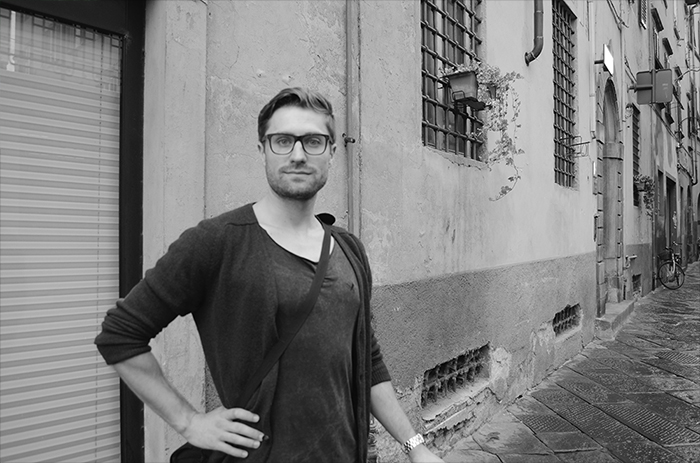Timo Reisländer - ESR 9
Name: Timo Reisländer
Nationality: German
Main Host Institution: University of Oxford, Department of Oncology
Academic Background: MSc in Disease Biology
Project Title: Mechanisms of selective elimination of BRCA1/2-deficient cells through highly specific kinase inhibitors
Project Background: The human body is made up of trillions of cells and each cell contains a manual or instruction booklet prescribing its shape, function and behaviour. This manual is referred to as DNA which is made up of single instructions called genes. In every cell, there are two copies of every gene (one inherited from each parent).
Cells are constantly dividing and this requires exact copying of their DNA. However, during this process cells make mistakes (> 100,000 per cell division). Consequently, cells are equipped with a proofreading and autocorrect system fixing more than 99% of these errors. But this process is not perfect and if an error persists after a cell multiplies, it is called “mutation”. Most mutations are small changes in the DNA. This is similar to exchanging the letter “l” for “d” in the word “lead” resulting in “dead” and ultimately in a completely different meaning. Some mutations can be beneficial for the cell, some can be neutral and others harmful. But they occur not only randomly during cell division. For example, UV radiation and tobacco smoke can directly damage the DNA. Alternatively, you can inherit a mutation from one of your parents. When mutations accumulate over time, the behaviour of the cell might change and the cell may start to stimulate its own growth and ignore signals to stop dividing. Then, this cell becomes a special type of cell known as cancer.
Mutations in specific genes are associated with certain cancers like the breast cancer genes BRCA1 or BRCA2 which are associated with breast and ovarian cancer. The instructions given by these genes are very distinct but both are very important for DNA repair. Therefore, a mutation in either of these two have similar overall implications. Since the cell has two copies of BRCA1 and two copies of BRCA2, a mutation to one copy is not too dramatic because the cell still has one functional copy. But due to processes described above (random errors during cell division or environmental factors) the functional copy can mutate as well resulting in loss of BRCA function. Such a cell cannot adequately repair its DNA and accumulation of further mutations is facilitated. Therefore, BRCA mutation carriers have an increased risk of developing cancer, in particular breast and ovarian cancer.
There is a point of vantage for scientists aiming to develop a new treatment against such an inherited cancer. They know that all cancer cells lack a functional copy of the BRCA gene. Therefore, we try to develop treatments targeting only cells with that defect leaving non-cancer cells untouched in order to minimize side effects. This principle is called targeted therapy.
Project Aim: The aim of my project is to investigate whether suppression of specific signals promoting cell growth would be lethal to BRCA deficient cells only but not to healthy cells. Finally, such a knowledge can be further exploited for developing a novel therapeutic strategy.
